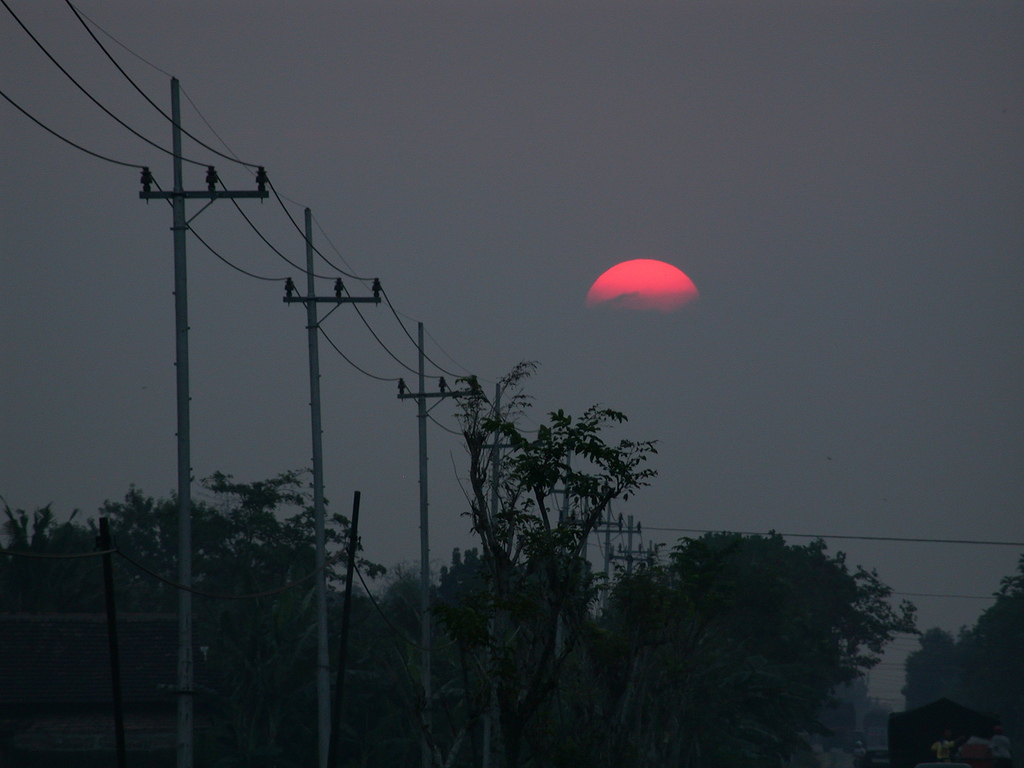The planned geothermal feed-in-tariff for Indonesia and how to pay for it
The planned feed-in-tariff for geothermal power in Indonesia makes economic sense and can be paid for by a decrease in subsidies to the state power company PLN for fossil fuels.
Pricing for geothermal power has been a hot topic among geothermal companies, investors and the Indonesia government. While higher prices have been demanded by developers for quite some time, there have also been concerns about the state utility PLN financial stability to be able to pay on the agreed contracts.
In a recent opinion piece in the Jakarta Post, the Director for Energy, Mineral Resources and Mining at the National Development Planning Board provides his personal view on how and why the planned feed-in-tariff makes sense for development but also for the long term energy planning of Indonesia.
The planned feed-in-tariff (FIT) for Indonesiais expected to help attract investment and push development of geothermal power projects in the country.
One of the main arguments is, so the author, the fluctuating fossil fuel price, as geothermal would provide a stability through a fixed-based rate. He argues that this is comparable to variable interest rate index, such as LIBOR in financial terms, and compare this to a fixed interest rate. This protects one from unexpected swings in interest rates.
So while the price for geothermal power is higher than for fossil fuels, it “hedges” the country or regions against a certain volatility, e.g. for coal in Sumatra.
For diesel fueled regions this is even more important as the upswings are significantly higher, e.g. in Sulawesi. Different regions have a higher percentage of diesel powered power generation and are therefore more dependent on price swings.
Another argument is the cost of carbon emissions, the FIT is an incentive for investment and at the same time encouraging development of projects with less or even no emission.
The investment cost for development in Indonesia has increased significantly, from about $3.4 million per MW in 2009, it is estimated that current projects cost around $5.5-6.0 million per MW. For investors the higher cost has to be recouped through higher capital recover and the higher geothermal rates will serve this purpose.
Feed-in-tariffs in other countries are significantly higher in other countries than the now proposed rates in Indonesia. The Philippines have a rate of $0.19 per kWh.
“A feed-in rate would have a significant impact on the number of IPP contracts and would also expose the off-taker (PLN), as the price is unilateral and not market-based. PLN has to pay the difference for power purchased under the feed-in rate and its least-cost-option, coal.
A simple option for PLN would be to pass incremental costs to customers. But this is a dead-end, as retail electricity rates have been capped by the House of Representatives.”
Then the question is how to pay for this. Raising electricity prices is a politically sensitive issue, not only in Indonesia. Increase in electricity subsidies to PLN is an option, but likely not a smart one, so the author. But an increase in subsidies for geothermal could be paired with a decrease in subsidies for fossil fuel based plants.
In 2010, PLN has received about $5.5 billion in 2010, which accounts for 35% of the revenues of the power company. With the expected oil price increase, as estimated by the International Energy Agency in its World Energy Outlook, subsidies would have to increase extensively to maintain the same price levels. By focusing on geothermal subsidies for fossil fuels could be decreased.
The author concludes that “A typical 330MW geothermal plant would save $2.7 billion by 2050. If this is extrapolated to the total national target of 9,500 MW of geothermal capacity for 2025, a possible savings of $77 billion in energy subsidies could be attained.”
Source: Opinion piece by Montty Girianna in The Jakarta Post, August 27, 2012


















